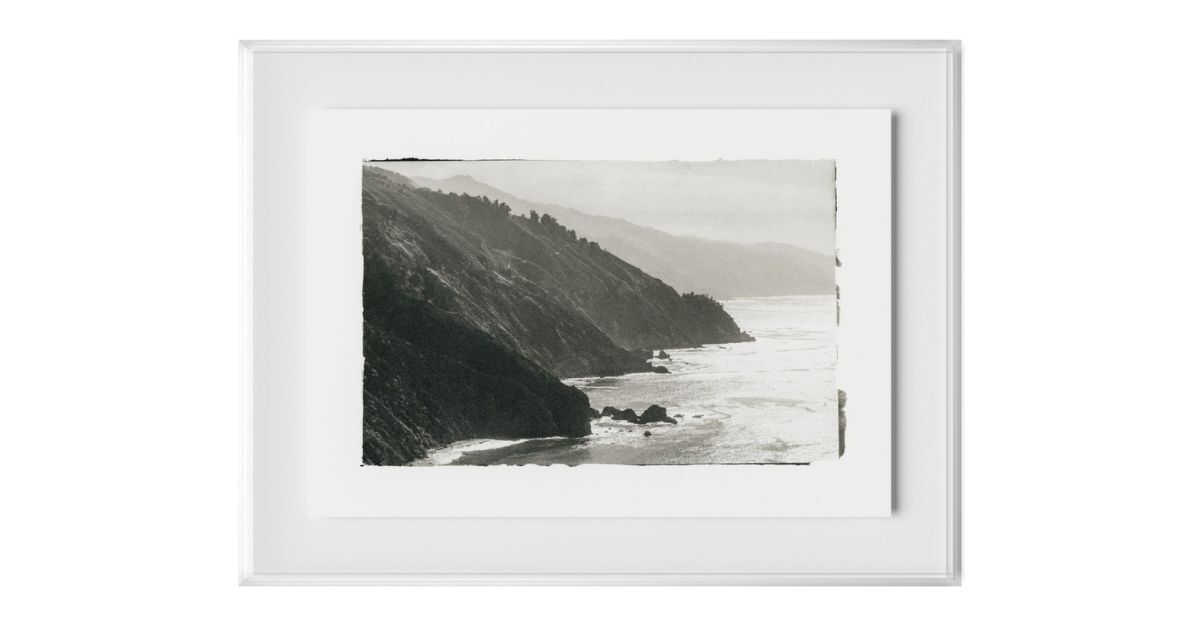Decorating a room is an opportunity to express personal style and create a specific atmosphere. A key element of interior design is the selection and arrangement of wall art, which adds personality, color, and texture to a space. Combining different types of art, such as framed pieces and canvas prints, can create a dynamic and visually interesting display.
This approach creates a layered look that adds depth and sophistication to any room. By understanding the unique qualities of framed art and canvas prints, you can strategically mix them to achieve a balanced and harmonious design. This guide will provide practical tips and arrangement ideas for effectively blending these two popular art forms in your home.
Understanding Framed Art
Framed art is a traditional, versatile wall decor choice. Your chosen frame influences the artwork’s style and presentation, either complementing it or creating contrast. Frames serve functional and aesthetic purposes: they protect art from dust, moisture, and damage, while enhancing its visual appeal and connecting it to the room’s decor.
Frame material and color are key considerations. Classic black or white frames offer a clean, modern look. Wood frames add warmth, while metallic frames introduce elegance or an industrial feel.
Framed art is effective at creating a formal or polished look. It is well-suited for photographs, prints, and works on paper. The glass or acrylic covering protects delicate pieces and can reduce glare, depending on the type of glazing used.
Framed pieces are excellent for creating structured gallery walls, where a consistent frame style can unify a diverse collection of images. They also work well as standalone pieces, commanding attention in a more formal space like a dining room or a study.
Understanding Canvas Prints
Canvas prints offer a distinct aesthetic. Experts print an image on a canvas, then stretch it over a wooden frame, giving it a unique texture and a frameless, modern appearance.
Their textured surface adds a painterly quality. With art extending to the edges, canvas prints have a three-dimensional quality, standing out from the wall. Without a glass covering, there’s no glare, allowing a more direct connection to the art. This frameless presentation provides a clean, minimalist look popular in contemporary design.
When to Use Canvas Prints
Canvas prints are ideal for making a bold statement. Their substantial presence makes them excellent focal points in a room, such as above a sofa or a bed. They are particularly well-suited for large-scale pieces, as they are lightweight and easier to hang than large, heavy framed art.
This format works well for various art styles, from abstract compositions to landscape photography. The modern, frameless look of canvas prints fits seamlessly into casual and contemporary spaces, such as living rooms, bedrooms, and family rooms.

Tips for Mixing Print Styles
Combining framed art and canvas prints requires a thoughtful approach to ensure the final arrangement looks intentional and cohesive. The goal is to create a display that is balanced and visually engaging, rather than cluttered or disjointed.
Create a Focal Point
One effective strategy is to use a large canvas print as the central focal point of your wall arrangement. Its size and frameless nature will naturally draw the eye. You can then surround it with smaller framed pieces that complement the main artwork.
This creates a clear hierarchy in your display and anchors the arrangement. The framed pieces can echo colors or themes from the central canvas, tying the entire collection together. This technique works well for a gallery wall or a large, empty wall space.
Mix and Match Sizes and Orientations
Variety is key to creating a dynamic display. Mix pieces of different sizes, including large, medium, and small works. Combining horizontal and vertical orientations also adds visual interest and prevents the arrangement from looking too uniform.
When you mix sizes, you create a sense of movement and energy. A larger canvas can be balanced by a grouping of smaller framed prints, or a tall, vertical framed piece can be juxtaposed with a wide, horizontal canvas.
Find Harmony in Your Collection
To create a cohesive look, find common threads that tie the different pieces together. You can achieve this through a unified color palette. Select artworks that share one or two key colors, which will create a sense of harmony even if the styles and mediums are different.
Another approach is to choose a consistent theme, such as nature, travel, or abstraction. A shared subject matter can unite a diverse collection of framed art and canvas prints. Maintaining a consistent style, such as modern, traditional, or eclectic, will also contribute to a unified look.
Arrangement and Display Ideas
There are several ways to arrange framed art and canvas prints together to create a stunning visual impact. The right arrangement will depend on the size of your wall, the pieces you have selected, and the overall style of your room.
Designing a Gallery Wall
A gallery wall is a popular way to display a collection of art. To mix framed and canvas pieces, start by laying out your arrangement on the floor. Begin with the largest piece and place it in your desired location.
Build the rest of the arrangement around this anchor piece. Mix in framed prints of various sizes, maintaining a consistent spacing of a few inches between each item. This consistent spacing will help the collection feel cohesive, even with a mix of frames and canvases.
Using Art in Shelf Displays
Shelves offer a flexible way to display art without committing to nails in the wall. You can lean framed pieces and smaller canvases against the wall on a floating shelf or within a bookcase. This allows you to easily rearrange your display.
Layering is an effective technique for shelf displays. Place a larger framed piece at the back and layer a smaller canvas in front of it. This adds depth and creates a more curated, collected look.

Practical Display Tips
Properly hanging and lighting your art is crucial for showcasing it effectively. Consider the practical aspects of your display to ensure your collection looks its best.
Wall Space and Lighting
Before hanging anything, consider the scale of your wall. A large wall can accommodate a substantial gallery wall, while a smaller wall might be better suited for a more compact grouping. Hang the art at eye level, which is typically around 57 inches from the floor to the center of the artwork.
Lighting can dramatically affect how you and guests perceive your art. Avoid placing art in direct sunlight, as it can cause fading over time. Use accent lighting, such as track lights or picture lights, to highlight specific pieces and create a professional-looking display.
Find Your Perfect Mix
Mixing framed art with canvas prints is an excellent way to create a personalized and visually rich interior. By balancing different styles, sizes, and formats, you can design a wall display that is both unique and sophisticated. If you’re looking for canvas art prints or traditional art prints to frame and hang, you can find a wide variety of pieces at Wonderwall Studio.
Experiment with different arrangements and combinations to find what works best for your space. Whether you are creating a gallery wall or a simple shelf display, the interplay between framed art and canvas prints can elevate your home decor. To find a wide selection of prints and canvases for your next project, visit Wonderwall Studio to explore our curated collections.



